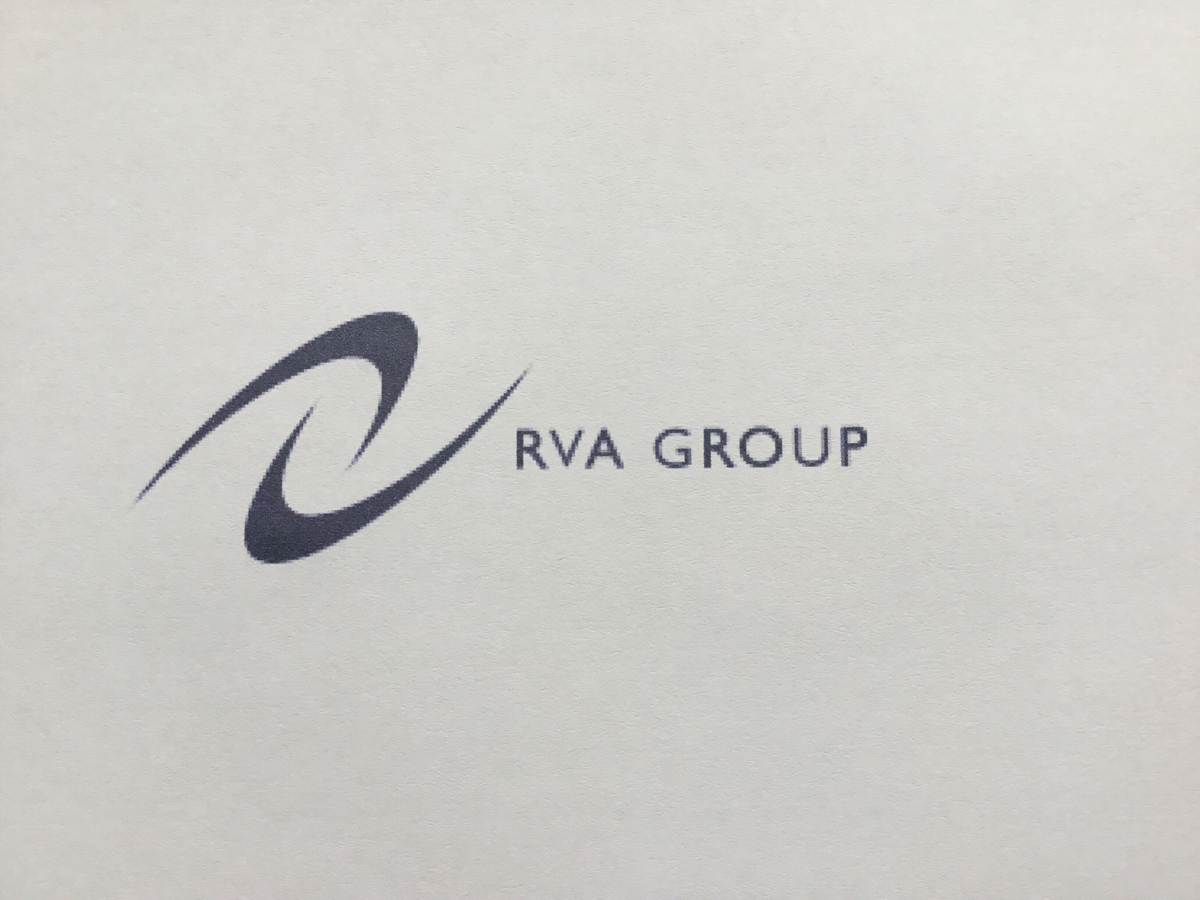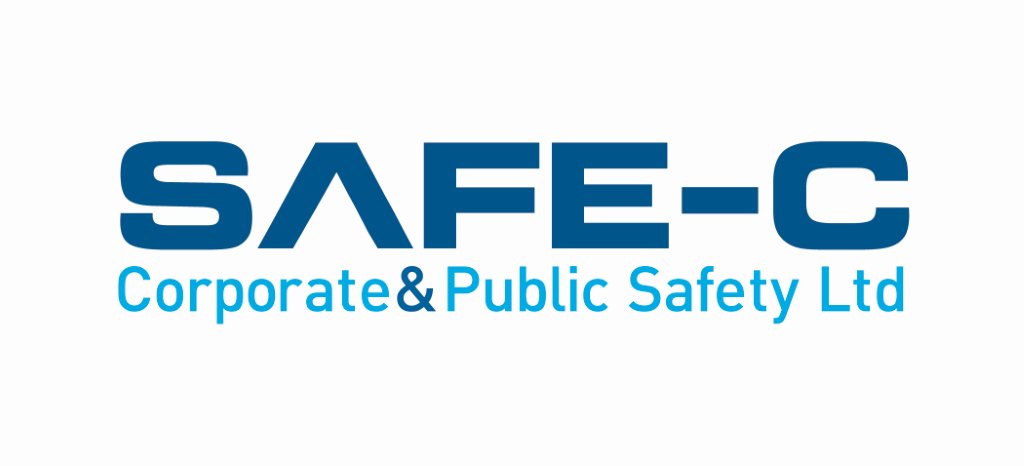Information
-
Document No.
-
Audit Title
-
Client / Site
-
Conducted on
-
Prepared by
-
Location
-
Site Manager
1. What type of project/structure is being worked on
-
Please select the type of project?
- General Demolition
- Tower Block Deconstruction
- Stressed Concrete Structure
- Reinforced Concrete Structure
- Chimney Demolition
- Bridge Demolition
- Industrial Dismantling
- Shoring & Facade Retention
- Asbestos Removal
- Site Clearance & Excavation
-
If none of the above apply give details
-
Surrounding land use
- Industrial
- Commercial
- Residential
- Rural
-
Are any parts of the structure still in use?
-
Are any parts of the structure adjacent to water, highways or railways?
2. Preliminaries
-
Has the work been notified under CDM with the F10 displayed in a prominent position?
-
Is there a construction phase health and safety plan in place for the demolition works?
-
Is there a site file in place documenting relevant contract information?
-
Is the scope of works adequately described in the file?
3. Site Documentation
-
Is there a copy of the employers liability insurance certificate available for inspection?
-
Date of expiry?
-
Is there a copy of the Health & Safety Policy on site and available for inspection?
-
Date of last review?
-
Has a copy of the Health & Safety Law poster been displayed on site?
-
Is the "Disconnection of Services" form completed?
-
Is there a "Section 80/81 Notice" available for inspection?
-
Is there a record of site inductions having taken place?
-
Do induction records match the operatives on site?
-
Are there job specific method statements for the work in progress on site and available for inspection?
-
Is the Method Statement cover sheet signed by the named persons?
-
Is there a set of risk assessments for all activities on site?
-
Are the RAMS compliance sheets signed by all operatives currently on site?
-
Is there a set of COSHH assessments on site for all substances in use?
-
Are COSHH assessments dated within 12 months of the audit date?
-
Are permit to work systems in place and issued accordingly?
-
Are site diaries available for inspection and is it up to date?
-
Is there an accident book present?
4. Site Organisation
-
Does the site have a plan included with the H&S plan showing access points, pedestrian routes, vehicles routes, welfare arrangements and emergency information?
-
If work at height is necessary has safe access been provided in line with the WAH regulations?
-
Where scaffold has been provided, does a competent person inspect the scaffold regularly? (eg at least once every 7 days, after adverse weather, following alteration or after damage)
-
Are the results of the inspections recorded and up to date?
-
Are there adequate warning signs which comply with the safety sign regulations?
-
Is there a suitably stocked first aid kit on site?
-
Have predefined storage areas been identified for all materials and waste?
5. Plant on Site / Certification
-
Does all lifting plant have the relevant certification available on site? (Tower cranes, mobile cranes, hoists, fork trucks and excavators)
-
Has lifting plant been entered into the site register for inspection of such equipment?
-
Do all other lifting accessories have current certification on site available for inspection?
-
Is all electrical equipment on site inspected?
-
Is all other plant and equipment entered into a site register?
6. Security
-
Does the site have a secure boundary?
-
Does the boundary have the relevant signage?
-
Does the site have a controlled access point?
-
Does the site have a system which records the staff and visitor movements on and off site?
-
If the site has scaffold outside of the physical boundary, are there adequate security measures in place to prevent access out of hours?
7. Training / Competence
-
Are all operators of mobile plant trained and in possession of an appropriate certificate for the type of plant operated?
-
Do all demolition operatives hold an appropriate demolition qualification at level 1, 2 or 3?
-
Are all staff who are not qualified registered as new entrants with CITB?
-
Are all supervisors qualified to Demolition Supervisor level?
8. Environment
-
Is there a means of dust suppression in place?
-
Is it effective?
-
Does the work involve noisy activities? Are any restrictions in place?
-
Is material being sorted and disposed of in an environmentally sound manner?
-
Are the waste disposal arrangements as described in the site plan?
-
Is there a register of all waste transfer notes with copies of the notes available for inspection?
-
Is the "Waste Stream" being completed within the site file?
-
Give details of where materials are being taken for disposal
9. PPE
-
Do all operatives have the correct PPE for the works in hand?
-
Is all PPE in use in good condition and free from defects?
-
Is there a ready supply of PPE for visitors?
10. Welfare Arrangements
-
Does the site have adequate toilet and washing facilities on site with hot and cold running water?
-
Are there facilities for both male and female workers?
-
Does the site have a suitable area for staff to prepare and eat food?
-
Is there means of heating water for drinks?
-
Have suitable arrangements been made for cleaning of the welfare facilities?
-
In hot weather are there facilities for staff to obtain a plentiful supply of cold drinking water?
11. Lifting Operations
-
Is an appointed person in charge of the lifting operations?
-
Has the appointed person a certificate indicating training to BS 7121?
-
Do all lifting appliances have a current test certificate?
-
Are all appliances inspected weekly and thoroughly every 12 months by a competent person?
-
Are the results of inspections and examinations recorded?
-
Are the safe working loads and corresponding radi known and considered before any lifting?
-
Are all appliances on a firm, level base?
-
If the appliance/crane has a capacity of more than 1 tonne, does it have an automatic safe load indicator that is maintained and inspected weekly?
-
Are all operatives trained and competent?
-
Has the banksman/slinger been trained to give signals and attach loads correctly?
-
Do the operator and banksman find out the weight and centre of gravity of the load before trying to lift it?
12. Scaffolding
-
Are the uprights, braces and struts in position?
-
Are the uprights provided with base plates (and where necessary, timber sole plates) or prevented in some other way from slipping or sinking?
-
Are additional precautions eg intermediate guard rails or brick guards in place to ensure that there is no unprotected gap of more than 470mm between the toe board and the upper guard rail?
-
Is the scaffold secured to the building or structure in enough places to prevent collapse?
-
Are scaffolds erected, altered and dismantled by competent persons?
-
Are the results of inspections recorded and up to date?
-
Are there effective barriers or warning notices in place to stop people using incomplete scaffolds?
-
Are adequate guards and toe boards or an equivalent standard of protection at every edge from which a person could fall?
-
Where guard rails and toe boards or similar are used, are toe boards of at least 150mm in height?
-
Is the upper guard rail positioned at a height of at least 910mm above the work area?
-
Is there safe access to the scaffold platform?
-
Has the scaffold been designed and constructed to cope with the materials stored on it and are these distributed evenly?
-
Are the working platforms fully boarded and at the correct height for the works?
13. Environmental Issues
-
Is dust kept to a minimum an is dust suppression used when required?
-
Have waterways, surface water drains, sewers been identified and precautions taken to avoid contamination of water courses etc,?
-
Are noise levels, noisy activities kept to a minimum and controlled to avoid a problem to surrounding areas?
-
Is all hazardous waste being correctly handled and disposed of?
-
Are all other environmental issues affecting this project being handled in an environmentally safe manner?
14. Comments / Observations / Workforce Feedback
15. Actions
16. Signatures
-
Auditors Signature
-
Site Supervisor Signature
Safe Working Practices
-
Evidence of Supervisor Training
-
Evidence of Plant /Machine Op Training
-
General op CCDO Cards
-
Burner /Asbestos / Any Other Training required
-
Trained First Aider
-
Bunded Fuel tank / storage
-
Suitable signage available and displayed
-
Adequate fencing and security
-
Spill kit available
-
Method Statement signed Risk Assessments reviewed and signed Daily briefing completed
-
Operative POWRA being completed
-
Permits in use
-
Plant Inspection Checks being done
-
Welfare clean
-
Site Diary in use
-
Signing in Book in use
-
Toolbox talk completed
-
1 - General Safety Arrangements
-
2 - Demolition Activities
-
3 - Use of plant, machinery and vehicles
-
4 - Working at height
-
5 - Lifting Operations
-
6 - Asbestos
-
7 - Hot Works
-
8 - Services
-
9 - Training and Competence
-
10 - Noise and Vibration
-
11 - COSHH
-
12 - Tools and Equipment

















